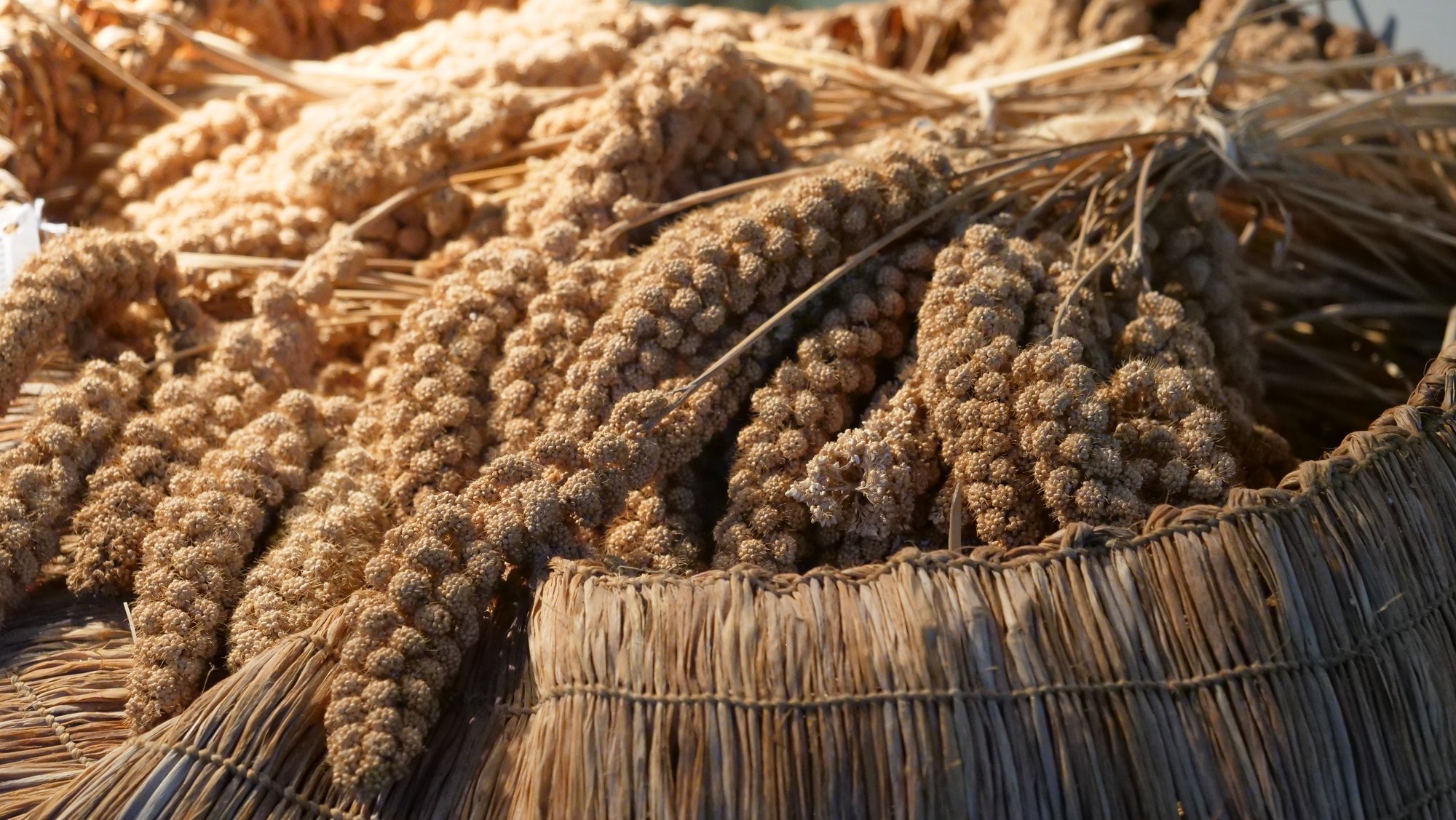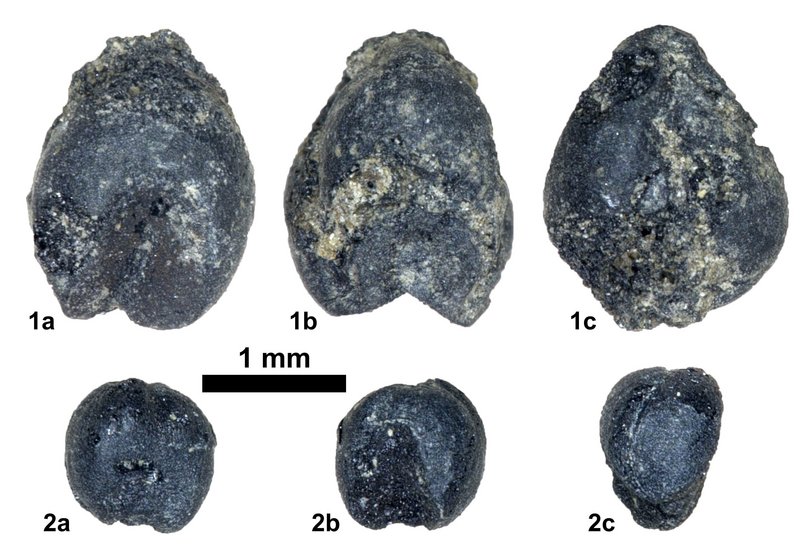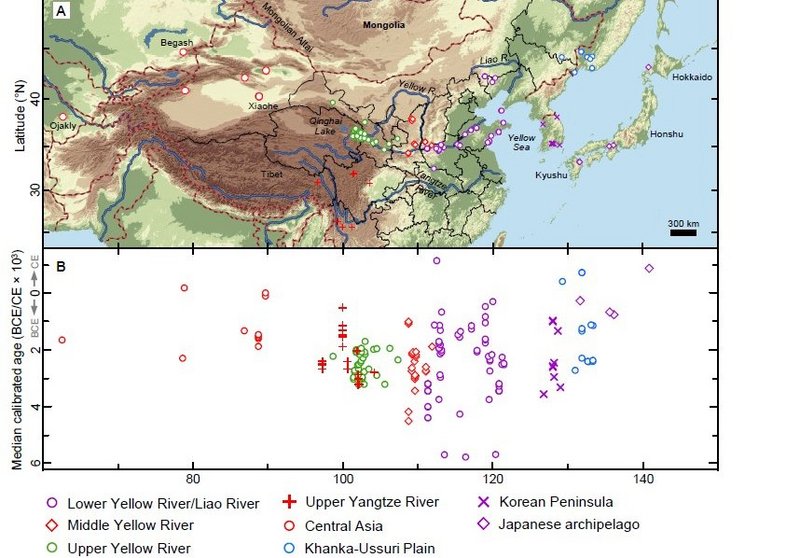Overview
Unlike in the west of the continent, hunter-gatherers in the east invented ceramics first, became sedentary thousands of years later and finally began to cultivate crops. It is known that millet was domesticated in the north and rice in the south of China. However, it has not yet been possible to determine the periods and regions in which cultivation began. We are interested in the climatic and social conditions and the consequences under which these two crops and farming techniques spread and complemented each other within Asia. A further complex of questions arises from the adoption of agriculture based on wheat, barley, cattle, sheep and goats that developed in West Asia around 5000 to 4000 years ago. What effect did the unification of the two economic systems have on East Asian societies and their natural environment? One of the peculiarities of Northeast Asia is that north of the agricultural zones in China and Japan, hunter-gatherer societies settled stably until a few centuries ago, in some cases with little or no agriculture and some even without animal husbandry.
Our comparative analysis of cultural and landscape developments, the statistical analysis of mass data, new direct dating of seeds and the construction of regional chronologies through Bayesian modeling of the existing 14C data have provided surprising insights. For example, that although millet was domesticated on the lower reaches of the Yellow River between 8100 and 7700 years ago, its cultivation was only very slowly adopted in neighboring regions, in steps of about a thousand years, and spread very slowly, reaching Japan only about 3000 years ago, but initially playing a greater role there than rice.
Projektbericht
Our publications of results on this topic can be found here:
On the emergence and spread of domesticated millet in East Asia:
publications.dainst.org/journals/index.php/efb/article/view/2322/6953/
On the spread of domesticated rice to Japan:
www.dainst.blog/bridging-eurasia/ohne-ihn-kein-sushi//
On the cultural history of the island of Hokkaido, Japan:



